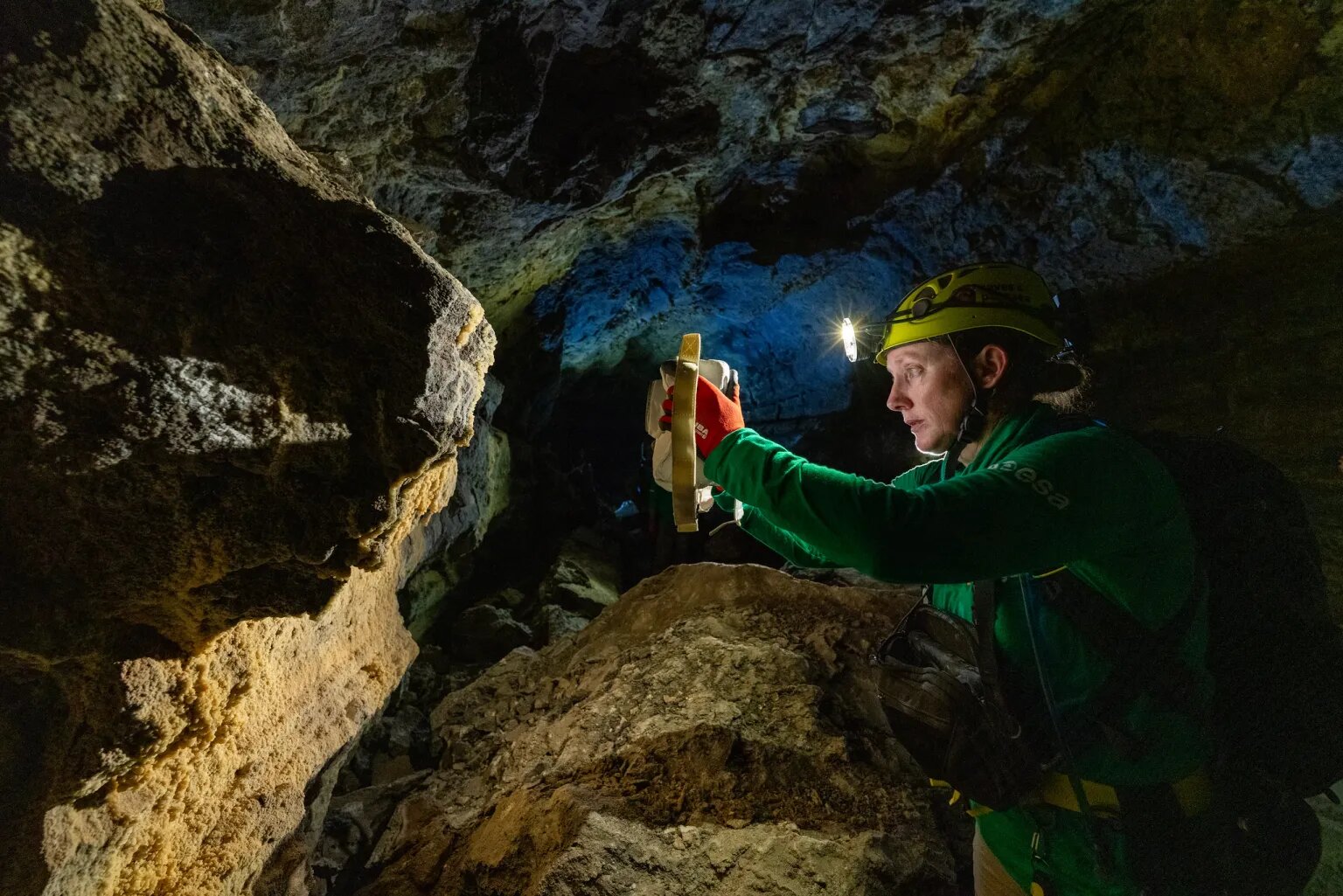
When the Apollo astronauts snapped some 18,000 photographs on the moon in the 1960s, they did so with some very 1960s camera technology. Lacking viewfinders, the astronauts had to attach their cameras to their spacesuits' chests. Reliant on photographic film, the astronauts needed separate equipment entirely to capture video.
If all goes to plan, Artemis astronauts will soon be taking their own trips to the moon. As such, NASA plans to equip them with some very 2020s camera technology — and the space agency will do so with the help of Nikon. NASA recently signed a Space Act Agreement with the Japanese camera maker, outlining how the company will build a bespoke camera that astronauts can carry on their moonwalks.
Related: Astronauts test moon camera design for future Artemis missions
A joint effort between Nikon and NASA's Marshall Space Flight Center in Huntsville, Alabama recently created a prototype lunar camera that they call a Handheld Universal Lunar Camera (HULC). The team began with a mirrorless Nikon Z9, which is a camera available on the Earth market for about $5,000, combined with NIKKOR lenses.
NASA wants to have a good photography setup for the moon's low-light conditions. But when astronauts have to handle a camera with spacesuit gloves in Artemis' target region, the lunar south pole — a land of extreme temperatures that's strewn with shards of moondust and battered with radiation — simply carting along a standard Earth camera is not ideal.
So, the HULC incorporates a thermal blanket, intended to protect the camera from dust, and
engineers have given it a custom grip with buttons specifically designed for pressing down on with spacesuit gloves. Additionally, the Nikon Z9's electronics have undergone modifications to make them more resistant to radiation.
Now, NASA and its partner agencies ESA and JAXA have begun putting the camera through rigorous testing. Astronauts have used the HULC during geology training on Lanzarote in the Canary Islands, and suited astronauts have taken the HULC on simulated moonwalks in Arizona.
Ultimately, NASA wants the HULC to go up with Artemis III when that mission departs — now scheduled for 2026 — as it will put the first humans on the moon since Apollo 17's last camera-snaps in 1972.







